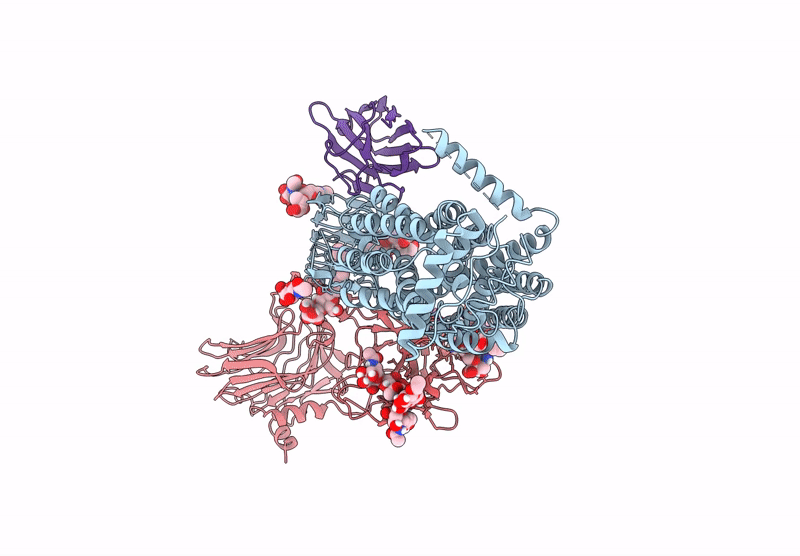
Deposition Date
2024-07-03
Release Date
2025-05-21
Last Version Date
2025-07-09
Entry Detail
PDB ID:
9FYQ
Keywords:
Title:
Cryo-EM structure of native SV2A in complex with TeNT-Hc, gangliosides and Pro-Macrobody 5
Biological Source:
Source Organism:
Clostridium tetani E88 (Taxon ID: 212717)
Lama glama (Taxon ID: 9844)
Escherichia coli (strain K12) (Taxon ID: 83333)
Ovis aries (Taxon ID: 9940)
Lama glama (Taxon ID: 9844)
Escherichia coli (strain K12) (Taxon ID: 83333)
Ovis aries (Taxon ID: 9940)
Host Organism:
Method Details:
Experimental Method:
Resolution:
3.25 Å
Aggregation State:
PARTICLE
Reconstruction Method:
SINGLE PARTICLE


